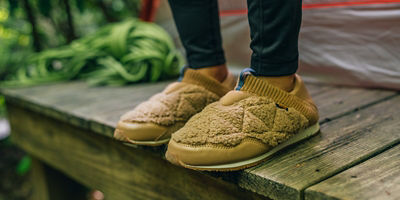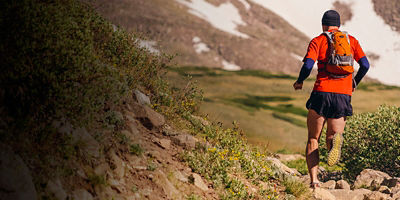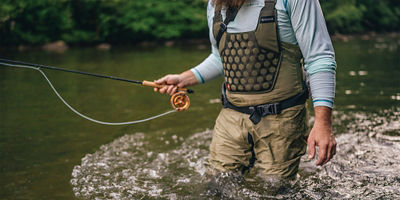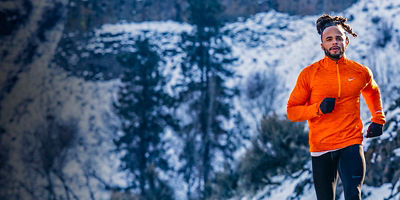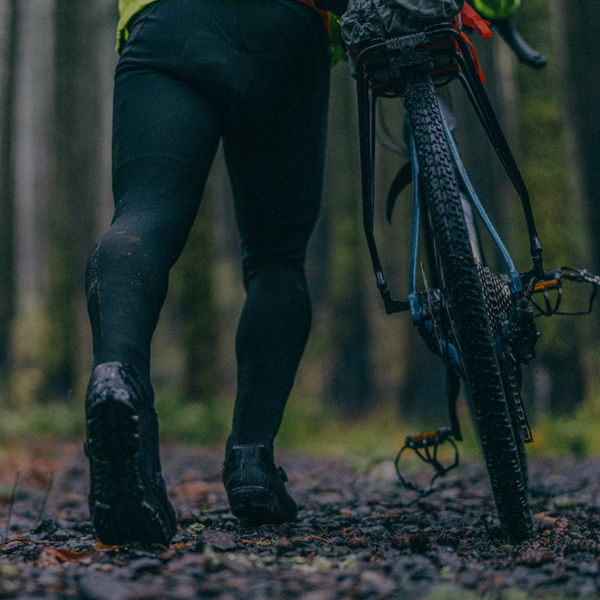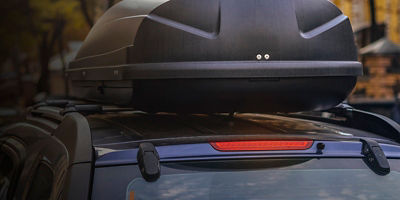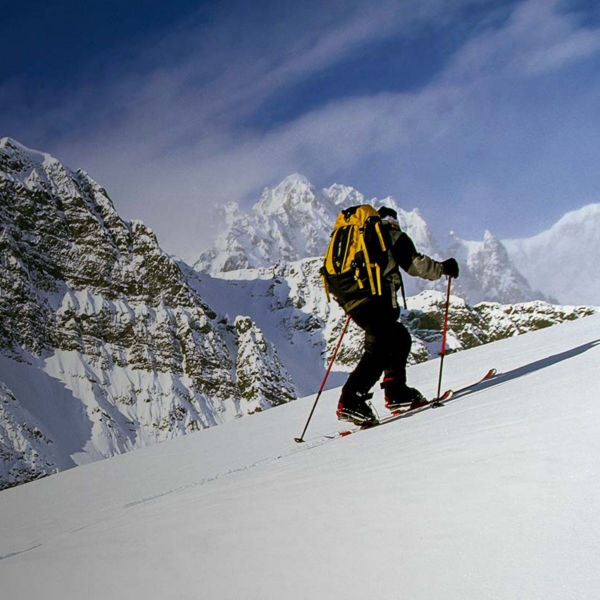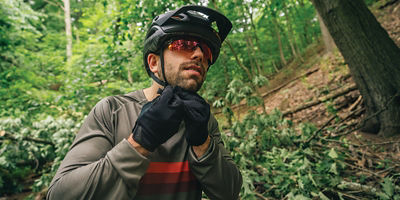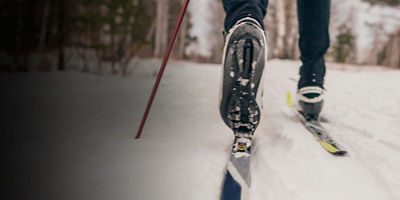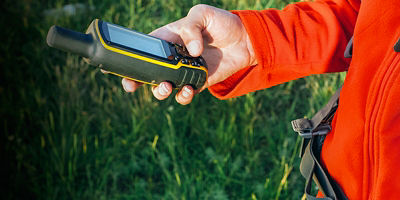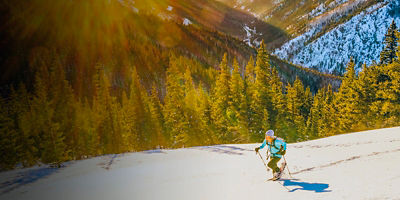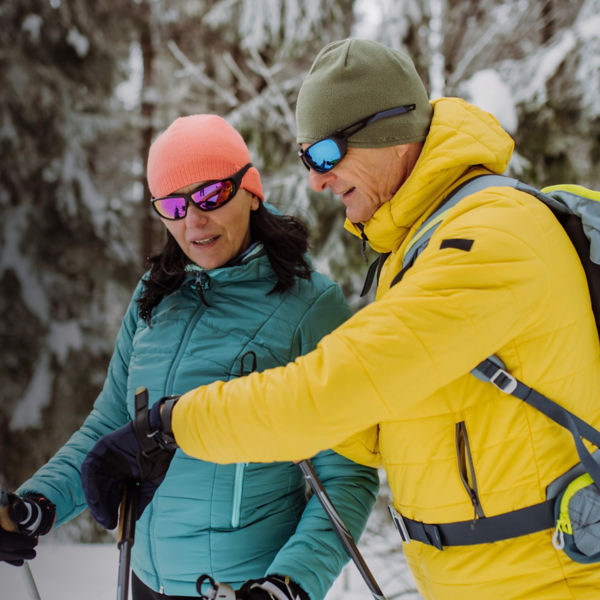
It’s hard to shop for waterproof clothes or shoes without running into the name Gore-Tex. Sometimes marked as GTX for short, Gore-Tex is a brand-name waterproofing technology that’s been a staple ingredient in rain jackets, snow gear, and waterproof shoes for decades. But just because two different products both contain Gore-Tex doesn’t mean they’ll perform equally. Here’s what you need to know to make sure you buy the right waterproof or snow-proof gear for your needs.
Invented by Accident
The storied Gore-Tex waterproof material was discovered pretty much by accident. In 1969, engineer Bob Gore was working on a project to make plumber’s tape thinner. The tape was made out of PTFE, the same coating used on Teflon nonstick pans. After a full day of experimenting with different methods of heating and stretching the tape, Gore had snapped just about every strip of PTFE he had. By the end of the experiment, he was at his wit’s end. So, he quickly heated one of his last strips and yanked the ends apart—and was startled to see the tape string out like taffy. He was even more excited to discover that the stretched-out material had unique properties: It was way thinner and lighter, and its structure resembled a lattice filled with billions of microscopic pores. Those pores are the secret to the waterproof/breathable technology now found in nearly all rain and snow gear.
What is Gore-Tex?
Though Gore-Tex is a brand name, most outdoor adventurers use it to refer to the brand’s special PTFE membrane: a thin, flexible sheet of material filled with pores that are big enough to let water vapor pass through, but small enough that water droplets can’t. The result is a material that’s waterproof but is still breathable, which means that steam from your sweat can escape to the outside (instead of sticking to your skin and leaving you feeling clammy). Gore-Tex material can be sandwiched, or “laminated,” between fabrics to make weather-proof jackets, gloves, and shoes.
Your Gore-Tex Glossary
The other cool thing about Gore-Tex membranes is that they’re not all the same, explains Mike Adams, who handles strategic marketing for Gore-Tex outdoor apparel, given their ability to afford different performance characteristics depending on user needs. “We can make membranes that are super strong in one direction, for example, or super thin,” he says. Some Gore-Tex technologies have bigger pores, which makes them more breathable, while others have thicker membranes, which are heavier but more durable.
Here are a few notable Gore-Tex technologies to keep an eye out for when you’re choosing the right outerwear option.
Types of Gore-Tex Apparel
Gore-Tex Performance: These products are designed for extreme weather and extended use. The three-layer shells contain a rugged outer fabric, a waterproof membrane, and an abrasion-resistant liner. Gore-Tex Performance gear balances breathability and durability and is ideal for everyday outdoor explorers as well the more demanding pursuits of backcountry skiers, mountaineers, and alpine climbers.
Gore-Tex Pro: This is the next level up from Gore-Tex Performance. It provides a slightly higher tier of durability designed to withstand the needs of ski patrollers, mountain guides, and elite mountaineers who spend tons of time outside in a professional capacity. The tradeoff: The increased durability usually comes at a higher price point.
Gore-Tex Paclite: This fabric category refers to a series of two-layer shells, which include just an outer fabric and the waterproof membrane. The result is a really thin, packable layer ideal for day-hikers and campers who want a just-in-case rain layer to defend against short bursts of weather.
Gore-Tex Paclite Plus: This is a series of highly packable two-layer shells designed for extended uses like backpacking or alpine climbing. More rugged fabrics for enhanced durability result in a higher price tag than regular Paclite products.
Gore-Tex Active: These are Gore-Tex’s most breathable products. Gore-Tex Active denotes three-layer shells that have a thin, breathable outer fabric on one side of the membrane and a sweat-wicking liner on the inside of the membrane. They’re ideal for aerobic activities like running and hiking—where going thinner and slightly less durable still delivers the right protection.
Types of Gore-Tex Footwear
While you’ll find standard Gore-Tex layers integrated into many casual footwear models and basic hiking boots, there’s a couple innovative construction methods worth looking out for (though you’ll pay more for advances that decrease weight, or increase breathability).
Gore-Tex Invisible Fit: This is a lightweight version of the technology used in standard Gore-Tex Footwear. The waterproof membrane is bonded directly to the shoe, and special construction techniques make Gore-Tex Invisible Fit shoes up to 18% lighter than other Gore-Tex options, making it ideal for running and lightweight hiking uses.
Gore-Tex Surround: Most waterproof footwear gets pretty sweaty on warm days. Shoes with Gore-Tex surround help alleviate that problem via little vents, which help push sweat out through the soles of the shoe. The enhanced breathability makes it a great feature for warmer-weather pursuits.





